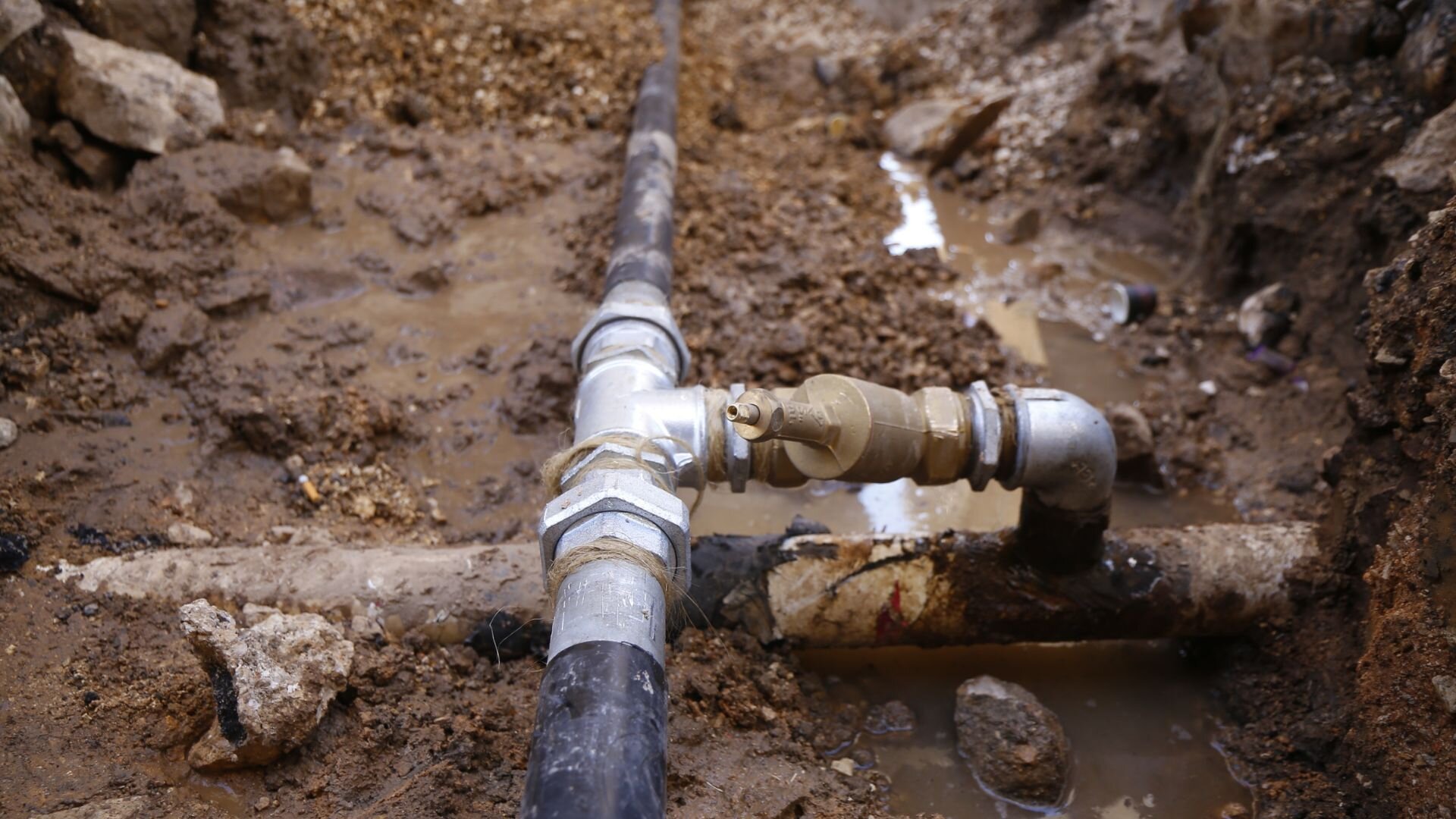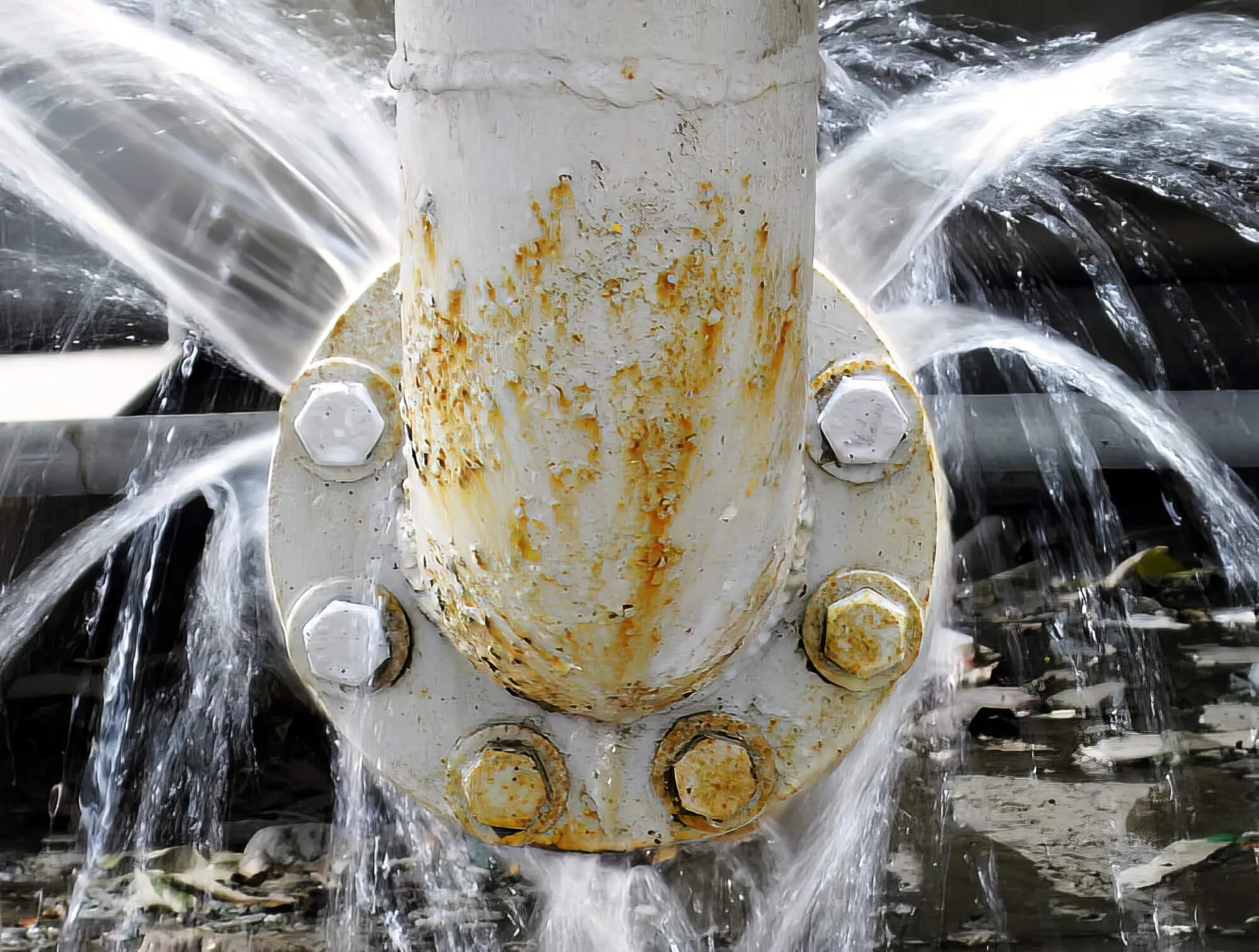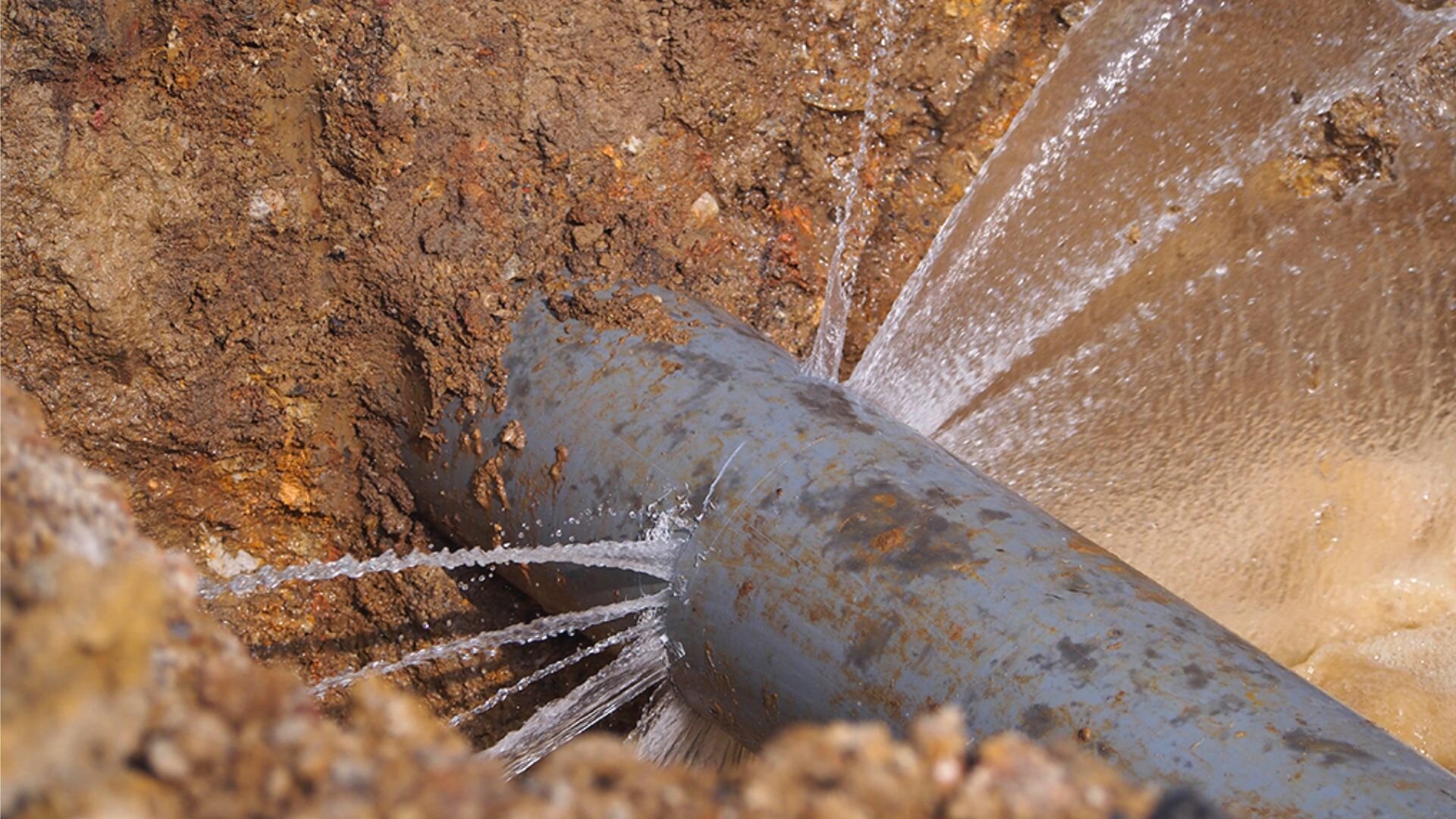Preventing a Burst Pipe: Tips for Protecting Your Plumbing During Winter
Protecting Against Ruptured Pipeline: Crucial Tips to Secure Your Plumbing
Stopping burst pipelines is an important concern for property owners, especially throughout chillier months when the threat of cold is heightened. Implementing calculated actions such as correct insulation, regular examinations, and keeping regular indoor temperature levels can dramatically decrease the likelihood of pipeline failure. Additionally, comprehending emergency treatments gears up homeowners to react swiftly to prospective plumbing issues. Nonetheless, numerous are uninformed of the particular susceptabilities that their pipes might encounter. Checking out these susceptabilities can give important insights right into safeguarding your pipes system properly.
Understand Pipe Vulnerabilities
Understanding pipe susceptabilities is important for efficient plumbing maintenance and preventing expensive damages. Several aspects add to the vulnerability of pipelines to ruptureds, consisting of product composition, age, and ecological problems. Older pipes, specifically those made from galvanized steel or polybutylene, often deteriorate in time, bring about enhanced risk of leaks and ruptures.
Temperature level fluctuations can also significantly impact pipeline integrity. In colder environments, water entraped in pipes can ice up, increasing and putting in pressure on the pipeline wall surfaces, which might inevitably bring about a burst. In addition, high water stress can strain pipelines, specifically at joints and bends, enhancing the chance of failing.

Insulate Pipeline Appropriately
Proper insulation of pipes is important for stopping cold and subsequent bursts during winter (burst pipe). Protecting your plumbing system successfully safeguards versus temperature drops that can result in costly damage. Begin by determining vulnerable locations where pipelines are revealed to outdoor temperatures, such as cellars, attics, and exterior walls
Use foam pipe insulation sleeves or cover insulation tape around these locations to give a safety obstacle. Make sure that all sections of the pipes, especially those with minimal warm exposure, get adequate insulation. Pay special interest to fittings and joints, as these are more susceptible to cold.
When insulating, it's vital to pick materials that fulfill neighborhood building regulations and are appropriate for the particular atmosphere. As an example, fiberglass insulation is commonly suggested for its thermal resistance properties - burst pipe. Furthermore, think about using heat cable televisions or tape in extreme problems, which can be plugged in to supply supplementary heat
Regularly inspect protected pipelines for any type of indications of wear or damage, as endangered insulation can lessen its effectiveness. By taking these positive actions, you significantly minimize the danger of pipeline bursts, ensuring a reliable plumbing system throughout the winter season.
Maintain Regular Temperature
A secure indoor temperature is crucial for preventing ruptured pipes during the cold months. When temperature levels drop, water within pipes can ice up, creating and expanding pressure that may inevitably create the pipelines to burst.Making use of a programmable thermostat can assist take care of indoor temperatures properly, making certain that spaces with pipes remain cozy even when the house is vacant.
In addition, it is prudent to enable taps to leak slightly during severe cool spells. This small flow of water can prevent cold by minimizing pressure within the pipelines. During especially severe weather condition occasions, take into consideration briefly putting on hold any kind of nighttime obstacles on your thermostat to preserve a stable cozy atmosphere. By applying these methods, homeowners read can substantially reduce the risk of pipe bursts and special info secure their plumbing systems against the severe winter months components.
On A Regular Basis Examine Pipes
Regular inspections of plumbing systems are vital for preventing burst pipelines and maintaining general home stability. During these assessments, it is vital to check out noticeable pipes for signs of rust, leakages, or wear.
Additionally, inspecting connections and joints is important, as these points are frequently vulnerable to leaks. Home owners ought to also analyze water pressure degrees, as extreme pressure can stress the plumbing system and increase the risk of pipeline ruptureds.
Take into consideration scheduling expert plumbing assessments a minimum of yearly, especially before winter, to guarantee your system is prepared for cooler temperatures. Routine examinations not only aid in identifying immediate worries however additionally foster lasting maintenance approaches that can improve the life expectancy of your plumbing system. By being aggressive in your approach, you can safeguard your home versus the expensive and turbulent consequences of ruptured pipelines. Prioritizing plumbing evaluations is an investment in your home's health and wellness.
Know Emergency Procedures
Comprehending emergency treatments is important for every house owner, particularly after conducting routine pipes inspections. Being prepared for a pipes emergency can considerably mitigate damages and conserve costs.
Next, keep vital devices useful. A plumbing emergency situation set should consist of a wrench, plunger, and towels, in addition to a flashlight and a container for small leaks. Additionally, take into consideration having the call details for a trusted plumbing professional easily available, should the circumstance rise beyond your control.
If you discover a leakage or burst pipeline, promptly shut off the water supply and alert your plumbing technician. Record the damages with pictures for insurance policy objectives. Know the indicators of potential pipes issues, such as unusual water stress changes or damp spots on wall surfaces
Inevitably, proactive understanding and swift action are critical in taking care of pipes emergencies, ensuring your home continues to be safeguarded and lessening potential damages.

Final Thought
To conclude, stopping burst pipelines requires a complex recommended you read method that includes understanding pipeline vulnerabilities, proper insulation, maintaining constant indoor temperatures, normal inspections, and understanding of emergency situation treatments. By implementing these essential strategies, the risk of pipes failings can be dramatically reduced, thus making certain the durability and efficiency of the pipes system. Positive steps not only safeguard versus potential damage but additionally add to total water preservation and the defense of home.
In cooler climates, water entraped in pipelines can freeze, applying and broadening stress on the pipeline wall surfaces, which may inevitably lead to a burst. When temperatures drop, water within pipes can freeze, creating and expanding pressure that might eventually trigger the pipes to ruptured. By carrying out these techniques, home owners can considerably minimize the risk of pipe ruptureds and guard their plumbing systems versus the severe winter elements.
